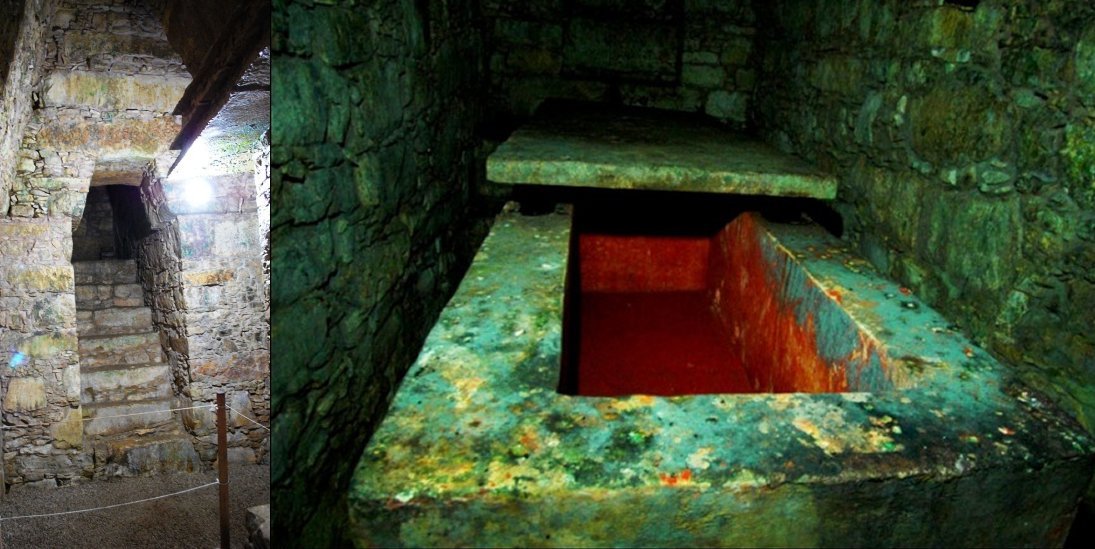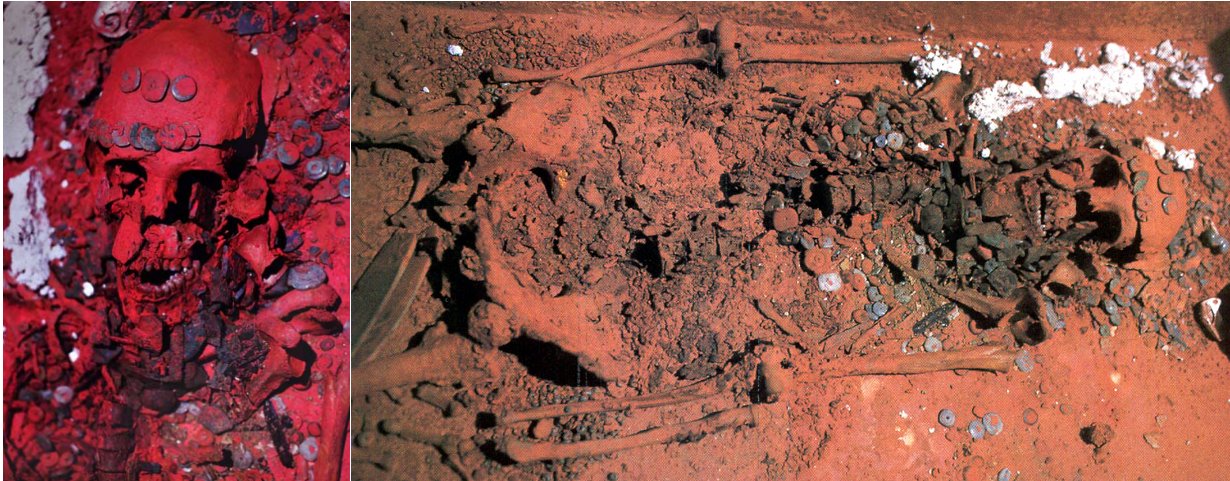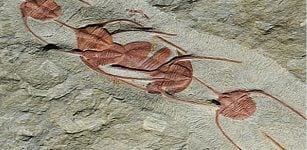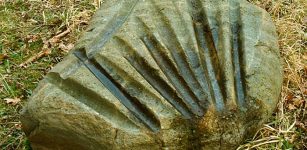Elusive Red Queen Of Palenque Still Holds Ancient Secrets
MessageToEagle.com – The biography of the Red Queen remains unfinished. It is not known who she really was and what her real name was. Why did she die? Did her existence threaten in any way the existence of the Maya empire?

The tomb and the way in which the woman was buried suggest that she was a high-ranking member of the court, or even the royal family. However, the lack of any inscriptions in the tomb suggests a deliberate attempt to erase her identity.
It took several years for researchers to shed some light on mysterious identity of the Mayan Red Queen. In 1994, the female skeleton was unearthed in a tomb inside a small pyramid adjacent to Pakal’s Pyramid of the Inscriptions holding his burial chamber.
See also:
Mysterious Underground Water Tunnels Discovered Under Lord Pakal’s Tomb In Palenque
Teotihuacán: Enigmatic “Birthplace Of The Gods” And Place Of Horrific Sacrifices
Mexican Researchers Have Now Decoded Hieroglyphic Name Of Mayan King Pakal’s Tomb In Palenque
Obviously, the woman must have been an important figure and therefore researchers decided to focus their work on the four royal women, all connected to K’inich Janaab Pakal (603 CE – 683 CE) who was the Maya king of Palenque (known as B’aakal) in the region now known as the State of Chiapas, Mexico.

These four women were
- Yohl Ik’nal, his grandmother – Heart of North Wind
- Sak K’uk, his mother – Resplendent White Quetzel
- K’inuuw Mat, his daughter-in-law – Sun-Possessed Cormorant
- Tz’aakb’u Ahau, his wife – Accumulator of Lords
The identification of the skeleton found in the crypt was not easy, because there were no inscriptions on the sarcophagus or walls of the crypt and the place seemed to be anonymous.
However, in the tomb there were two other skeletons, one presumably belonging to a young person, and another one of a woman, who – according to examinations – were sacrificed to accompany the Queen during her last journey.
 DNA studies of several bone samples from Pakal, the Red Queen, and three other skeletons from Palenque, were conducted by a team of Dr. Carney Matheson at Lakehead University in Canada. They revealed that the Red Queen was from a different city than Palenque; she was not Pakal’s grandmother or mother and there was no relationship between the Red Queen and Pakal.
DNA studies of several bone samples from Pakal, the Red Queen, and three other skeletons from Palenque, were conducted by a team of Dr. Carney Matheson at Lakehead University in Canada. They revealed that the Red Queen was from a different city than Palenque; she was not Pakal’s grandmother or mother and there was no relationship between the Red Queen and Pakal.
They did not have common DNA, so she was not a blood relative.
Further examinations of a sample taken from one of the skeleton’s vertebrae, revealed that the remains, especially the Red Queen’s biological material were extremely well-preserved and her DNA was found intact. She died over 1,300 years ago; her bones were covered with red mercuric oxide known as cinnabar, used as a preservative by ancient Mayas.
This is why the woman’s skeleton was dubbed: Red Queen.
According to the Maya tradition the color red symbolized sacred energies of blood and was associated with death and rebirth so they often covered graves and skeletal remains with cinnabar. It was the color of the east, the rising sun, the renewal of life eternal. Cinnabar made the bone cells very difficult to examine microscopically, and the bone matrix had deteriorated over time.
So, who was the mysterious Red Queen? Was it perhaps his wife, Tz’aakb’u Ahau ‘Accumulator of Lords’ or K’inuuw Mat, his daughter-in-law – ‘Sun-Possessed Cormorant’?
What are other options to confirm the identity of the elusive Maya Red Queen? The discovery of the bones of the ruler Pacal’s sons or one of them would help to confirm the Red Queen’s true identity.
For now, her bones are stored in Palenque and still hold some secrets.
Copyright © MessageToEagle.com All rights reserved. This material may not be published, broadcast, rewritten or redistributed in whole or part without the express written permission of MessageToEagle.com










